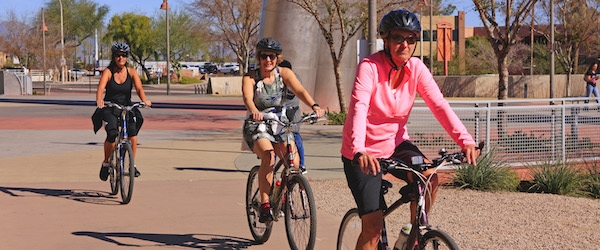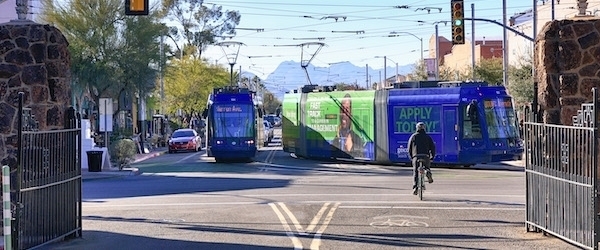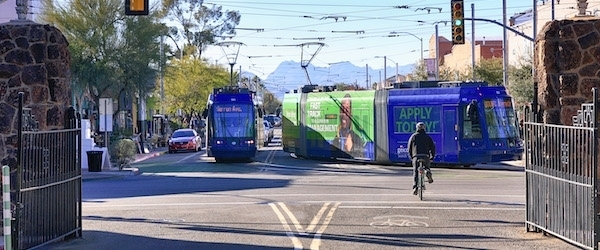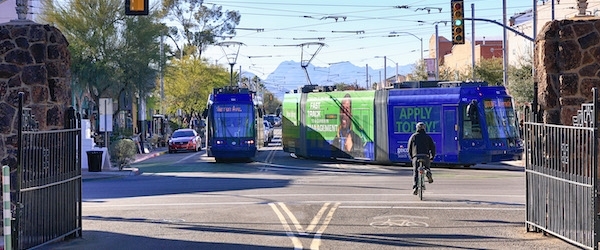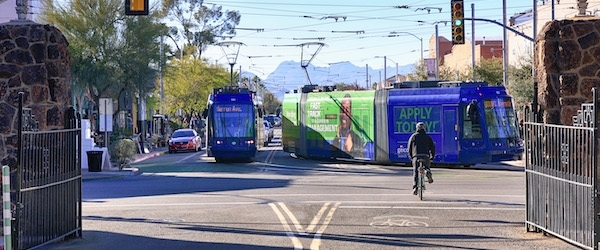Intelligent Transportation Systems (ITS) need traffic data to run smoothly. At intersections, where there is the greatest potential for conflicts between road users, being able to reliably and intelligently monitor the different modes of traffic is crucial.
The Federal Highway Administration (FHWA) estimates that more than 50 percent of the combined total of fatal and injury crashes occur at or near intersections. For pedestrians the intersection is a particularly dangerous place: the City of Portland, Oregon identified that two-thirds of all crashes involving a pedestrian happen at intersections. And when darkness comes earlier in fall and winter, crashes increase dramatically. So knowing what's going on in low-visibility conditions is essential for mobility and safety of all road users.
Some agencies use cameras to monitor traffic modes, but cameras are limited in rainy, dark or foggy conditions. Some cities use radar instead of cameras, which works better in low-visibility but typically can't provide as rich a picture of what's going on. Conventional radar gives movement and position data for all...
Read more



